Understanding Your Options: Varithena, Sclerotherapy, Ablation Chronic Venous Insufficiency (CVI) is a progressive condition in which the veins in your legs cannot efficiently return blood to the heart, leading to pooling, pressure buildup, and often visible or uncomfortable symptoms. It’s estimated that up to 40% of[…]
Vascular disease encompasses a wide range of conditions that affect the blood vessels—arteries and veins—that circulate blood throughout the body. It's often progressive, meaning it tends to worsen over time, particularly when left unmanaged. Understandably, many people wonder: Can vascular disease be reversed without[…]
Blood clots are the body’s natural response to injury, helping to prevent excessive bleeding. However, when they form inappropriately—especially in the deep veins—they can pose serious health risks. Knowing when to be concerned about a blood clot can mean the difference between prompt treatment and a life-threatening[…]
Thoracic Outlet Syndrome (TOS) is a complex condition that occurs when blood vessels or nerves in the thoracic outlet—the space between the collarbone and first rib—become compressed. This can lead to a variety of symptoms that often affect the arms, shoulders, and neck, and in some cases, can be mistaken for other[…]
If you're dealing with painful and unsightly varicose veins, you've likely come across several treatment options—two of the most common being vein ablation and microphlebectomy. While both procedures aim to eliminate problematic veins and improve circulation, they differ in technique, recovery, and the types of veins[…]
And How You Can Break Them for Better Vascular Health Strokes often strike without warning, and yet many of the risk factors are rooted in our daily choices. At The Cardiovascular Care Group, we believe that prevention starts with education—and that small lifestyle changes can make a big difference in lowering your[…]


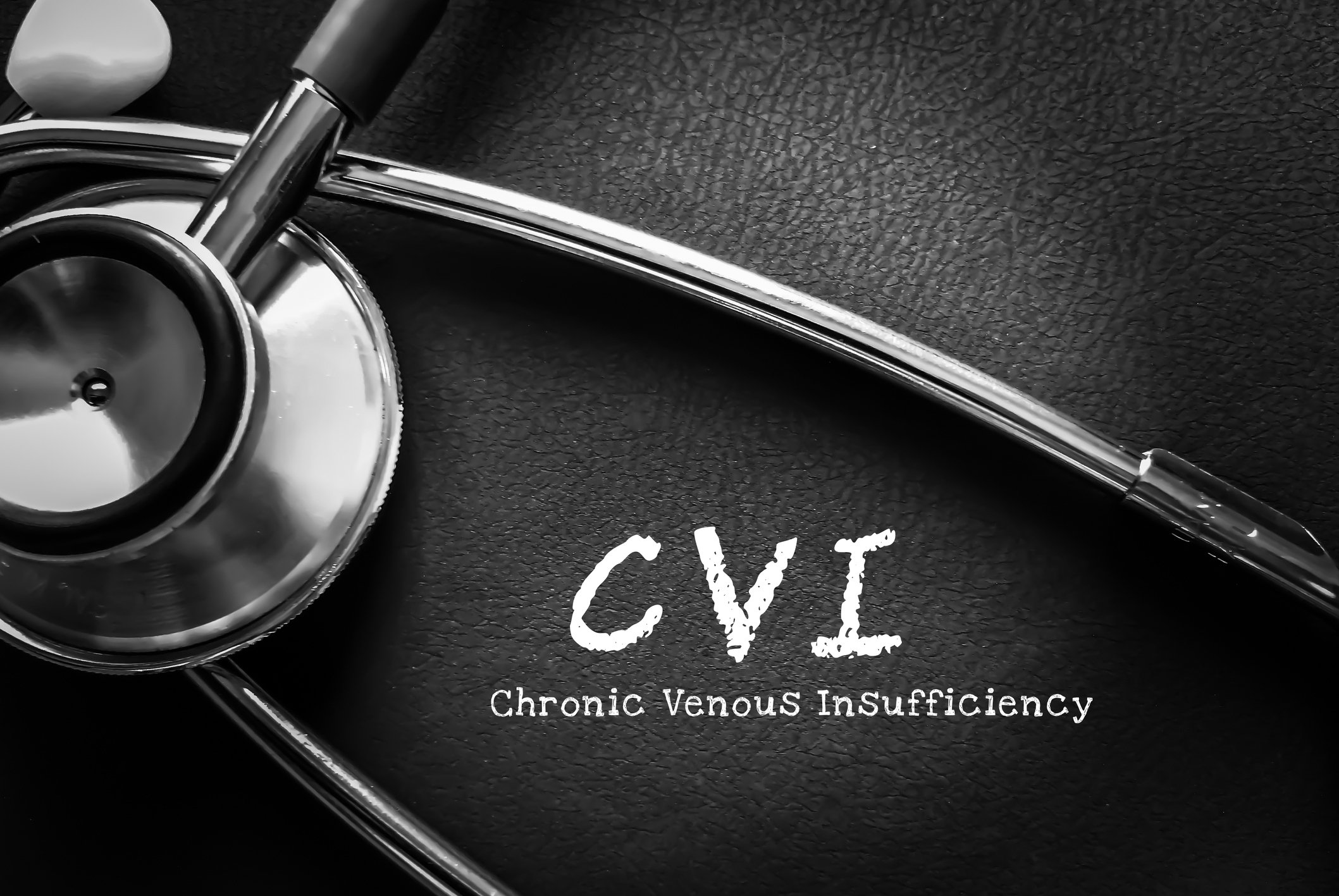

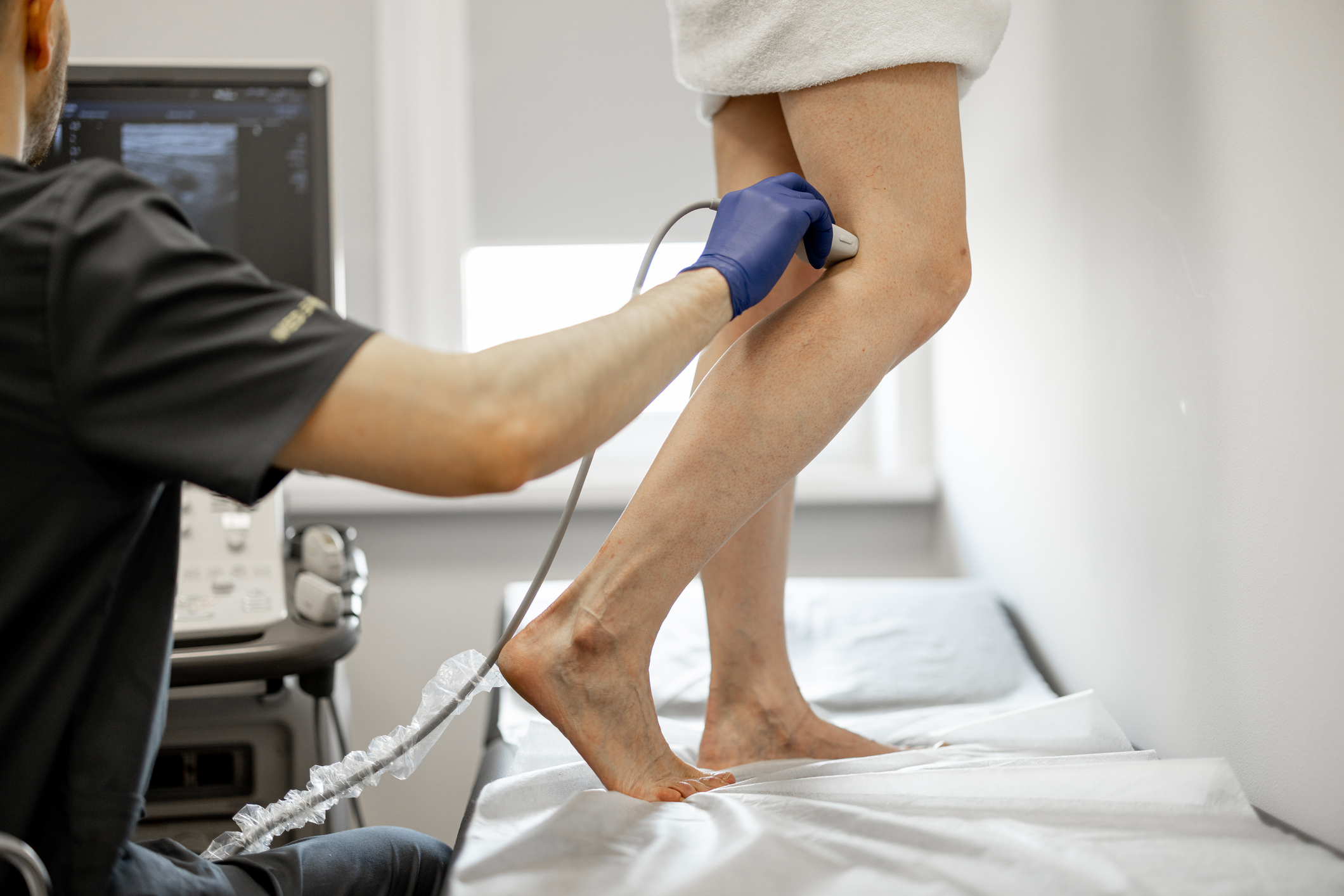
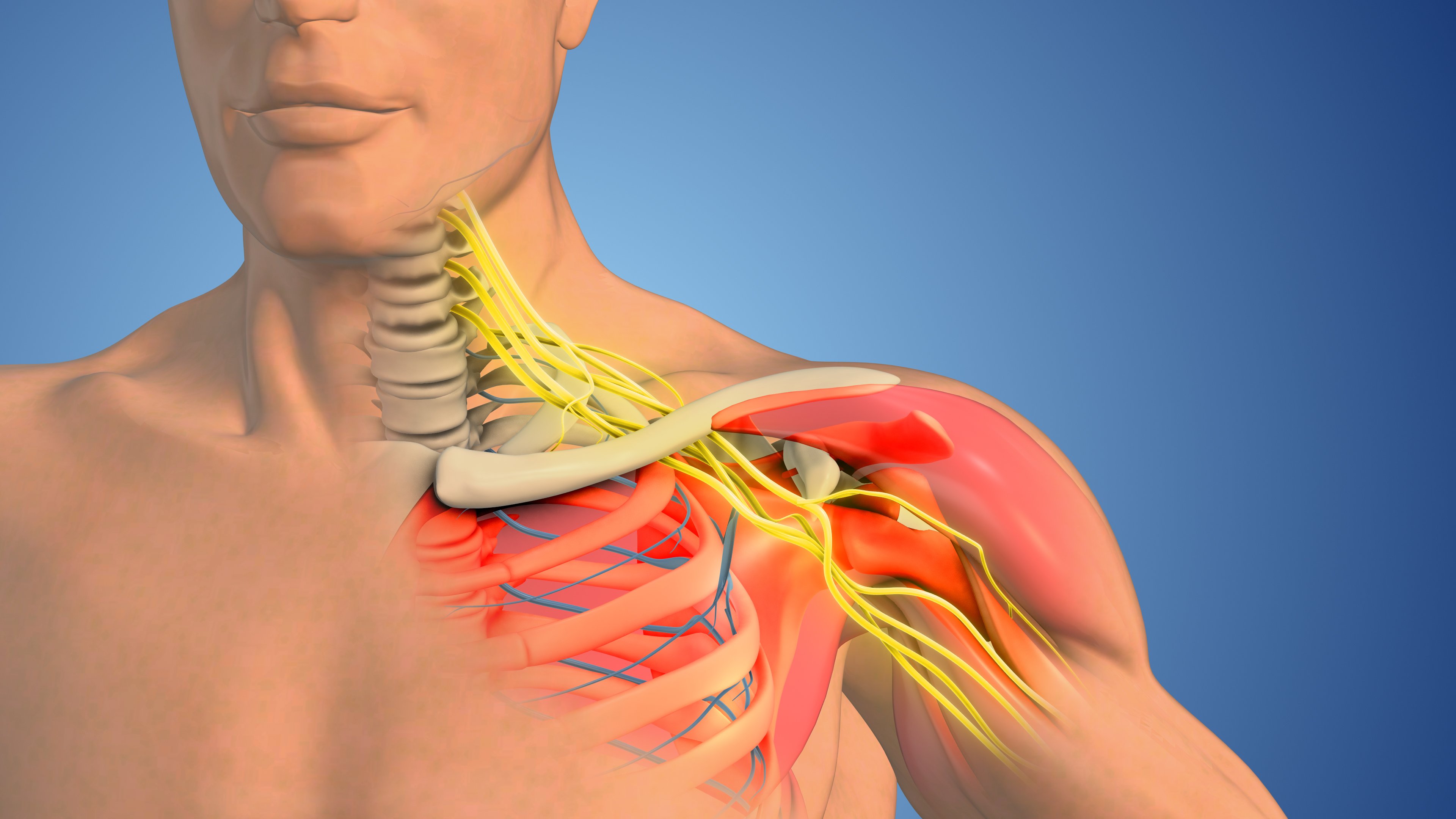
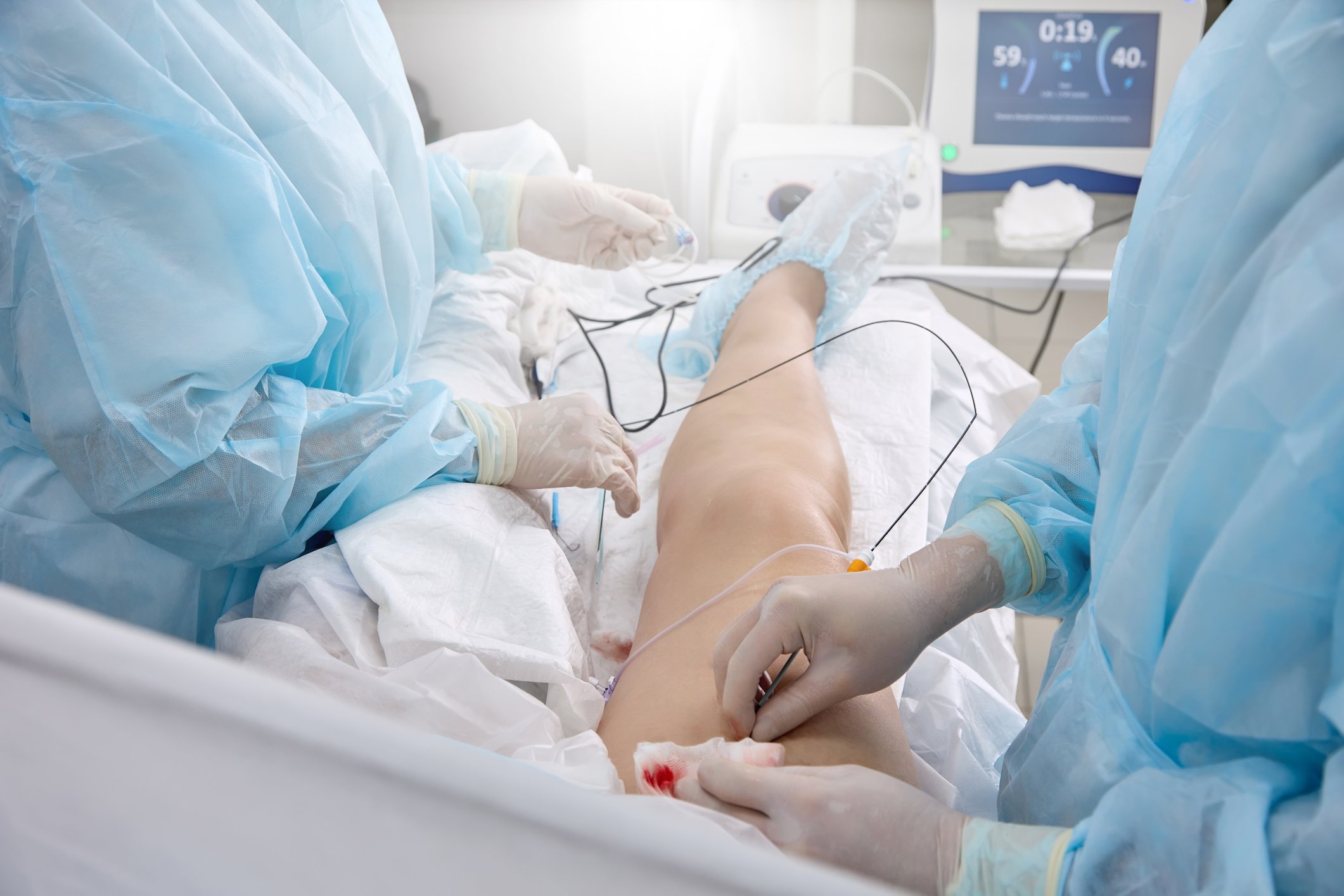




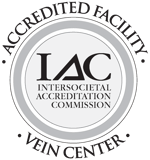
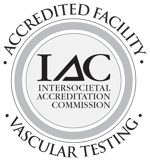
.jpg?width=944&name=Castle-Connolly-Top-Doctors-Emblem-Large%20(4).jpg)